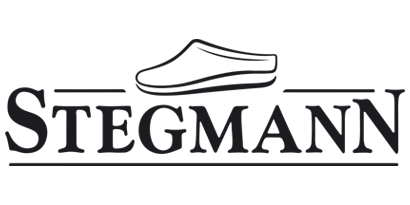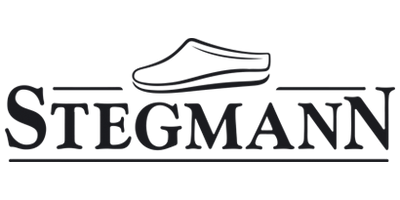Nestled in the scenic Tyrolian Alps of Austria, Stegmann has been crafting high quality wool comfort shoes since 1888. Over the generations we have perfected our methods, and modernized our processes, but have always remained true to our roots. Today, only the highest quality wools and leathers are used in the production of Stegmann Clogs. In our iconic wool clogs, we use a combination of select merino wools and locally sourced rare wools from Tyrol, and other parts of Europe. Our tannery in Portugal is a nationally certified leader in chemical reduction and sustainable production practices as well as a rated member of the Leather Working Group. Our anatomically shaped cork/latex soles are made in Austria and Portugal using natural materials. We have intentionally kept our supply chain footprint within western Europe and the United States. This helps us ensure a high quality product, as well as minimizes the environmental impact of shipping and manufacturing.
Read more about our Supply Chain, Sourcing and EcoFriendly Facilities
Meet our Sheep

Tyrolean Stone Sheep
The Tyrolean Stone Sheep (Tiroler Steinschaf) is one of the oldest existing sheep species on earth. They have been bred in Tirol on remote mountain farms for centuries. Their wool was in high demand in the 20th century to produce Loden cloth. Today, the Tyrolean Stone Sheep is a rare species. Stone Sheep wool is the most widely used local wool in Stegmann Clogs

Shetland Sheep
Shetland sheep are native to the Shetland Islands in Scotland. The wool of the Shetland Sheep is very high quality with a high level of elasticity. Once a year, in the springtime, the sheep shed their wool. At that time the wool can be easily loosened and detached without shearing, but rather by picking it.This clog is part of our Species Preservation Initiative and helps support this rare breed.

Swiss Mountain Sheep
The Swiss Mountain Sheep (Schweizer Juraschaf) originated in the 14th century and dates back to the Frutig-Sheep. The species is especially widespread in Switzerland and its wool is in high demand for its high quality, dark color, and fine fibers. As with the Tyrolian Stonesheep, it is well known for its resilience even in harsh alpine conditions.

Coburger Fox Sheep
A robust land sheep breed native to Germany. The speciality of this wool is its reddish-brown colour. When lambs are born, their color can be from goldish yellow to reddish brown, which can appear golden. Over the years it brightens up but it always keeps its reddish-brown or golden shimmer. There are currently only a few thousand Coburger sheep in existence.
Our American wool clog styles incorporate both merino wool, as well as locally sourced wools from farms in Austria and across Europe. Much of this wool is brought in from quite literally, right up the road, as we utilize a significant amount of local Tyrolian sheep's wool in our Original 108 Wool clogs. These small, specialty farmers produce wool from rare and endangered sheep species. In some cases our wool supply chain is only 30 miles long. A truly farm to foot experience!
By supporting these local farms and rare sheep species, Stegmann enables farmers to preserve and maintain breeds of sheep that are not typically used for large scale wool production. Without the financial support of Stegmann, the Tyrolian wool industry, and our wonderful customers, many of these sheep breeds might no longer exist. Stegmann is committed to continually partnering and expanding our use of rare and endangered wools in order to preserve these precious creatures.
The Schnegg family has been breeding Stonesheep for generations. We purchase most of our Stonesheep wool from them. Their farm is 10 minutes from our production facility.
Stonesheep is the primary locally sourced wool we blend into our Original 108 and WoolFlex clogs. It was chosen for it's natural color, is never dyed and is part of the the "secret recipe" the achieve perfect depth in each of our unique colors. Of course in the example of the Stonesheep Eco Clog, Stonesheep wool comprises the majority of the wool used in that clog.
While our materials are second to none, it’s our unique felting process that truly sets apart Stegmann wool clogs.Most wool clogs available today originated from sheets of felted wool that is sewn together to form the clog “upper, ” or main part of the wool shoe. At Stegmann we see this as cutting corners. Over the years we have perfected our carding and felting methods to produce a smooth, seamless shoe that is truly an exceptional product. While other companies sew their wool clogs, at Stegmann we hand mold and shape them. No chemicals are used during the felting process, only fresh, alpine water.
At Stegmann, we place a premium on quality and sustainability. To us these are much more than buzz words – it is our way of doing business. When you wear a Stegmann Clog you can be proud, as we are, that you chose a handmade, sustainably sourced shoe. Because they are made with care, you can expect your Stegmann clogs to outlast most of the other shoes in your closet. We ask you to please recycle your delivery box, and enjoy your Stegmann comfort for years to come.
- The Team at Stegmann


